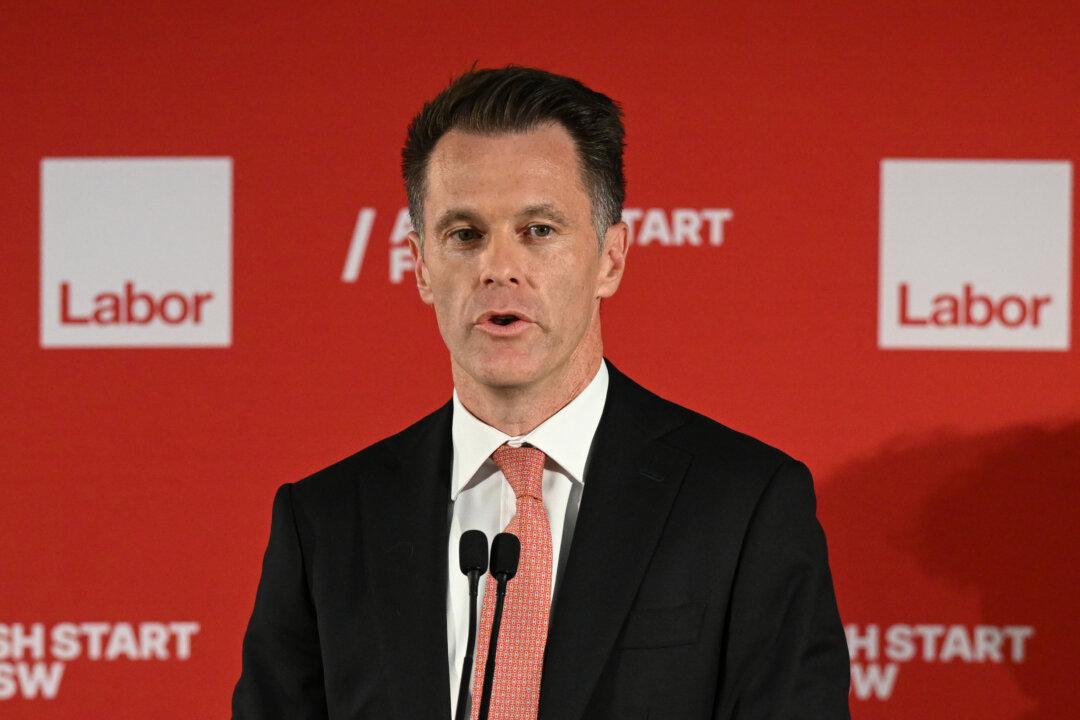New South Wales (NSW) may be on track to become the second state in Australia to cut electric vehicle (EV) rebates, following confirmation from Premier Chris Minns that the state government was contemplating removing the move in the upcoming budget.
Mr. Minns’ comments come after the NSW Treasury found no substantial evidence the state’s EV rebates were boosting sales, although the NSW Electric Vehicle Strategy anticipates that EV sales will increase 52 percent by 2030-31.





